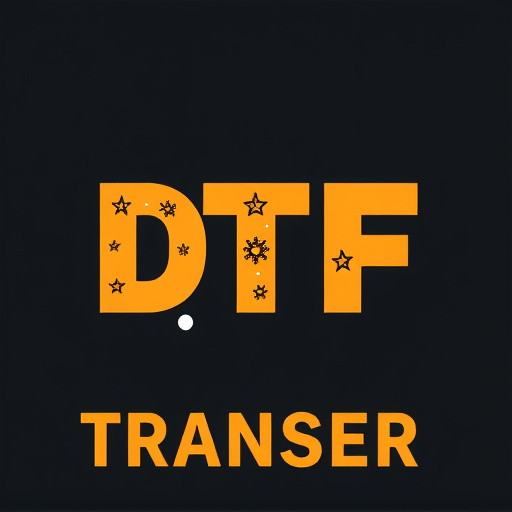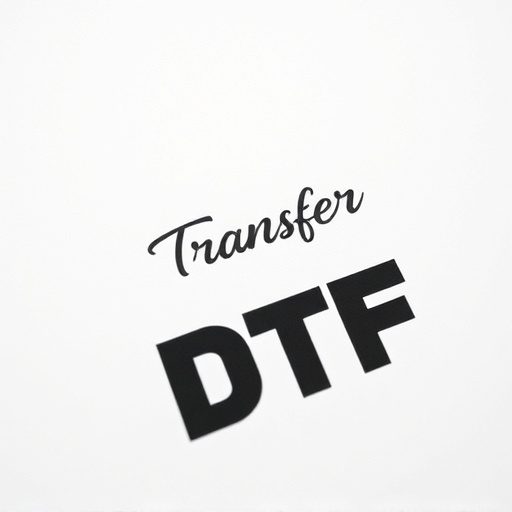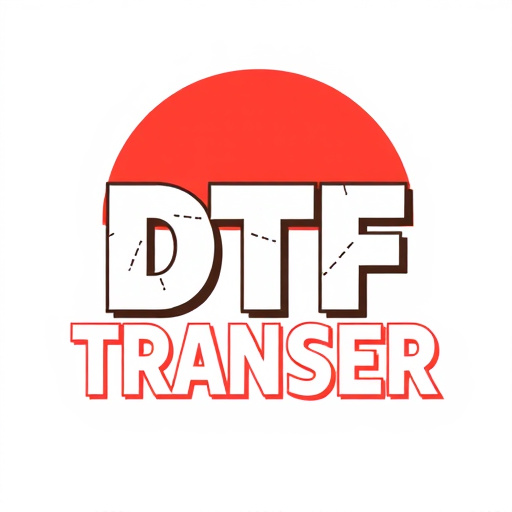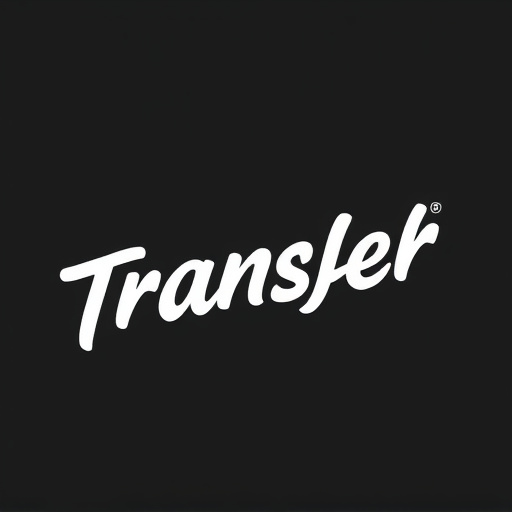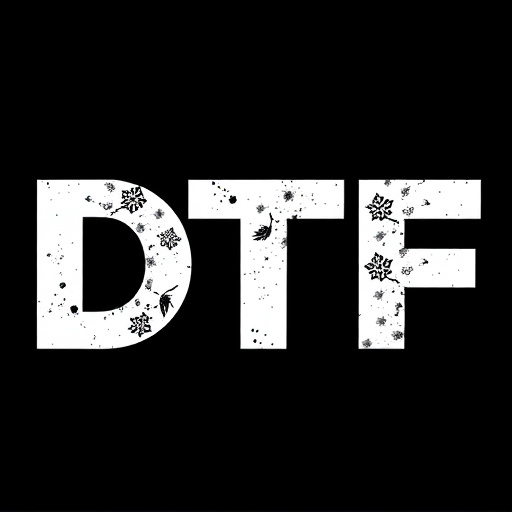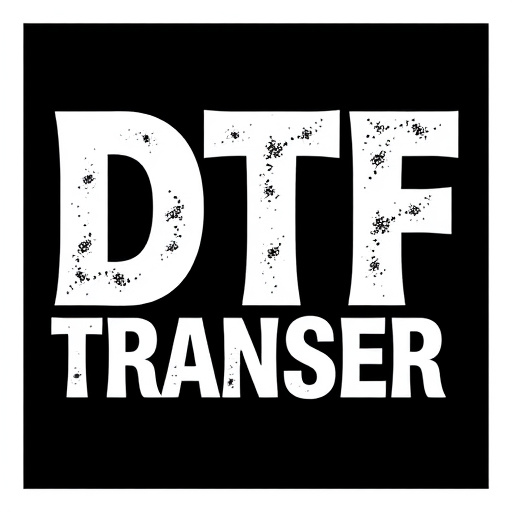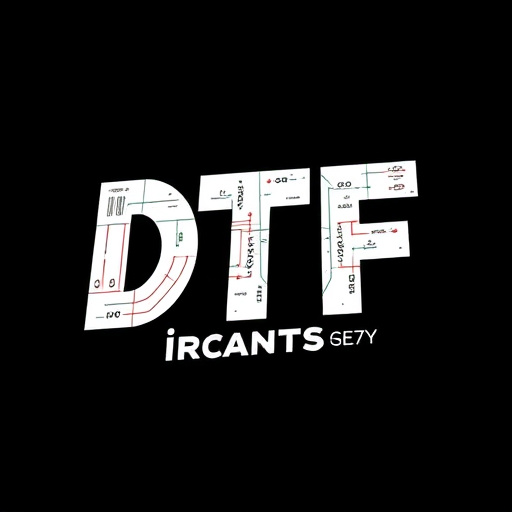Direct-to-garment (DTF) printing is a cutting-edge process for fabric customization, using heat and pressure to fuse ink onto garments. Submitting pre-arranged designs offers numerous benefits, including streamlined production, faster turnaround times, consistent quality, improved resource management, and cost savings. To achieve optimal DTF results, start with high-resolution vector graphics, convert to CMYK color mode, and allow ample space around the design. The process involves creating designs in compatible software, preparing files for print, selecting suitable materials, and placing orders through reputable DTF services. Best practices include using vector or high-resolution raster images, converting text-only designs, testing on samples, and choosing appropriate fabrics and ink types for vibrant, precise DTF prints.
“Unleash your creativity with the power of pre-arranged designs in DTF (Direct to Fiber) printing. This innovative process allows designers to submit their unique artwork, transforming it into captivating physical products. In this comprehensive guide, we explore the intricacies of DTF transfer and printing, highlighting its benefits for seamless design realization. From understanding the technology to choosing optimal materials, you’ll discover how pre-arranged designs streamline the process, ensuring high-quality results. Optimize your DTF prints and elevate your creative vision.”
- Understanding DTF Transfer and Printing: A Brief Overview
- Benefits of Submitting Pre-Arranged Designs for DTF Printing
- Preparing Your Design for a Seamless DTF Transfer Process
- The Step-by-Step Guide to Pre-Arrange DTF Prints
- Choosing the Right Materials for Optimal DTF Results
- Best Practices and Tips for High-Quality DTF Transfers
Understanding DTF Transfer and Printing: A Brief Overview
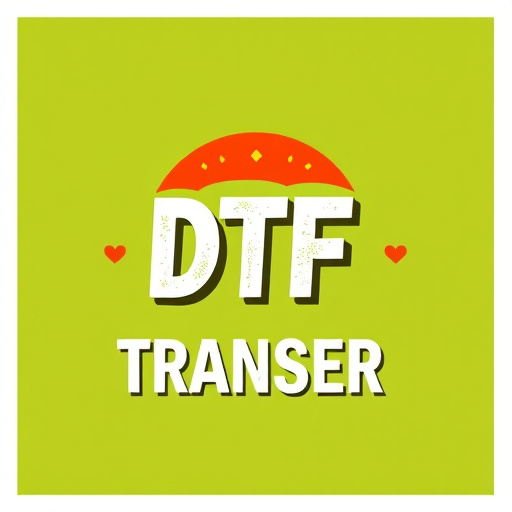
Direct-to-garment (DTF) printing is a cutting-edge technique that allows for high-quality printing on various fabrics and materials. This process involves transferring ink directly onto the surface of the material using heat, ensuring vibrant and long-lasting prints. DTF Transfer, a key component in this technology, refers to the precise application of ink onto specific areas of the garment or substrate. This transfer is achieved through specialized printers that use heat and pressure to fuse the ink with the material, creating intricate designs with remarkable detail.
When submitting pre-arranged designs for DTF printing, users have the advantage of customizing their prints while leveraging this advanced technology. It enables the creation of unique, personalized garments or products with artwork, logos, text, and patterns precisely aligned and transferred onto the desired surface. This method is particularly popular in the apparel industry for creating custom t-shirts, hoodies, and accessories, as well as in various promotional material productions.
Benefits of Submitting Pre-Arranged Designs for DTF Printing
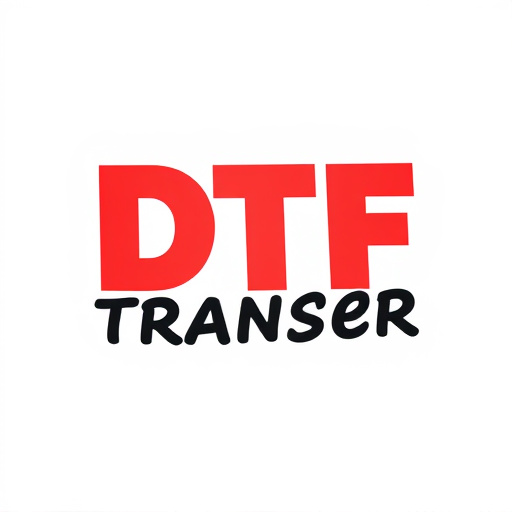
Submitting pre-arranged designs for DTF (Direct to Fabric) printing offers numerous advantages. Firstly, it streamlines the production process by eliminating the need for extensive design work during the printing phase. This efficiency translates into faster turnaround times, allowing businesses and creators to receive their printed fabrics swiftly. Pre-arranged designs also ensure consistency in terms of aesthetics and quality, as the initial layout is precisely followed, reducing potential errors or deviations from the intended vision.
Additionally, this approach fosters better resource management. By providing ready designs, manufacturers can optimally plan and prepare their printing processes, minimizing waste and maximizing yield. Moreover, clients benefit from cost savings associated with pre-setup designs, as there are no additional charges for design customization or set-up fees. This makes DTF printing an attractive option for those seeking high-quality, efficiently produced fabric prints without the hassle of intricate design preparation.
Preparing Your Design for a Seamless DTF Transfer Process
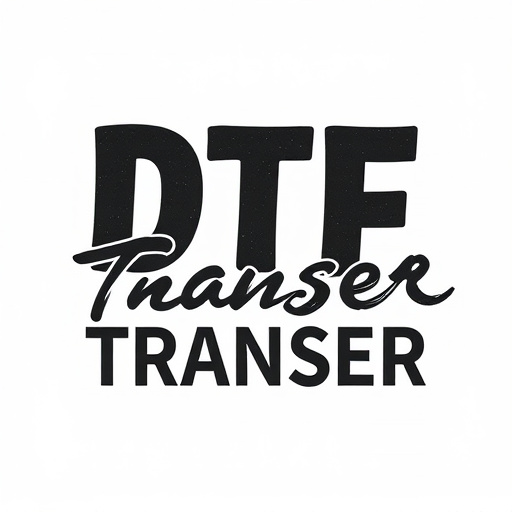
When preparing your design for a seamless DTF (Direct to Fabric) transfer process, it’s crucial to ensure your artwork is optimized for the unique requirements of this printing method. Start by choosing a high-resolution image or vector graphic with clean lines and sharp details. This ensures that the fine intricacies of your design are accurately replicated on the fabric surface. Convert your design to a CMYK color mode, as DTF printers use this color profile.
Additionally, ensure there are no print bleeding or overprint effects in your design file. These can cause issues during the transfer process and result in smudged or imperfect prints. Consider the overall layout and positioning of your design on the fabric. Since DTF printing involves applying heat to fuse the ink to the fabric, it’s essential to allow adequate space around the design for proper heat distribution and to prevent scorching or melting of the material. Proper preparation will guarantee a smooth transfer process, yielding high-quality DTF prints with vibrant colors and crisp details.
The Step-by-Step Guide to Pre-Arrange DTF Prints
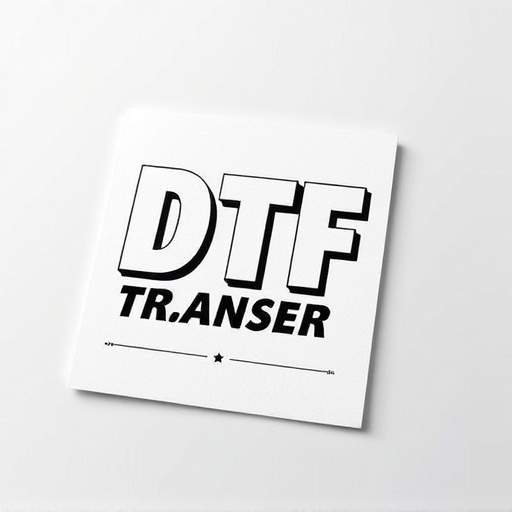
Submitting pre-arranged designs for DTF (Direct to Film) printing is a streamlined process that allows creators and businesses to achieve professional results efficiently. Here’s a step-by-step guide to help you navigate this method of printing:
1. Design Creation: Begin by designing your artwork using software compatible with DTF printing, like Adobe Illustrator or CorelDRAW. Ensure your design is high-resolution (300 DPI or higher) and has the correct dimensions for the final print. Save your design in a format that supports vector graphics, such as .AI or .SVG.
2. Prepare Your Design for Printing: Check your design for any errors or missing elements before proceeding. Ensure all text is sharp and legible, and colors are accurate representations of your intended output. Convert any raster images to vectors if necessary, as this will improve print quality and make the file more suitable for DTF transfer.
3. Choose a DTF Printing Service: Select a reputable printing service that specializes in DTF transfers. Look for providers who offer pre-arranged design submission options and have a proven track record of delivering high-quality prints. Compare pricing, turnaround times, and customer reviews to find the best fit for your project.
4. Upload Your Design: On the chosen printer’s website, locate the section dedicated to DTF printing services. Upload your vector design file, ensuring it meets their specific requirements regarding file format and size. Follow any additional instructions provided by the service, such as naming conventions or specific guidelines for file organization.
5. Finalize Setup and Place Order: Double-check that all design elements are correctly positioned and oriented for printing. Review the preview of your design to ensure accuracy before finalizing the setup. Once satisfied, place your order and provide any additional details required by the printer, such as quantity, desired finish, or specific print areas.
Choosing the Right Materials for Optimal DTF Results
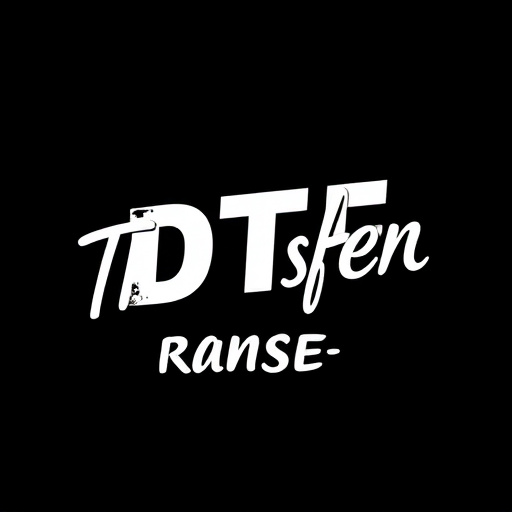
When submitting pre-arranged designs for DTF (Direct to Fabric) printing, selecting the appropriate materials is paramount to achieving exceptional results. The quality of your DTF transfer directly correlates with the choice of fabrics and inks used in the process. Opt for high-quality, suitable fabrics designed for DTF printing to ensure the best outcome. This includes natural fibers like cotton or linen that offer excellent absorbency and breathability, enabling vibrant and precise DTF prints.
Additionally, consider the type of ink compatible with your chosen fabric. Different inks have varying properties, affecting the final DTF transfer quality. For instance, water-based inks are popular for their eco-friendliness and ability to produce soft, detailed prints on a range of fabrics. On the other hand, solvent-based inks offer vibrant colors and are suitable for more durable fabrics, ideal for creating long-lasting DTF prints.
Best Practices and Tips for High-Quality DTF Transfers
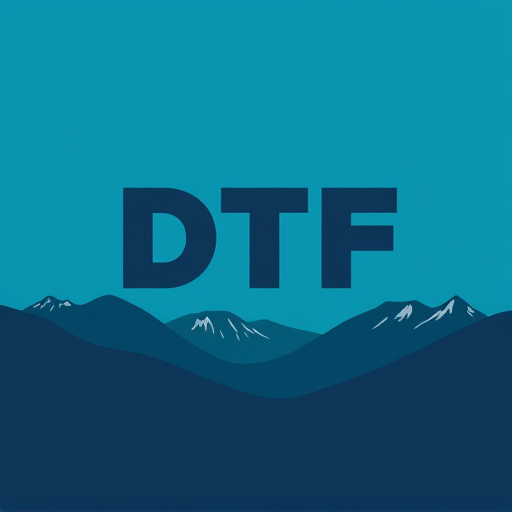
When submitting designs for DTF (Direct to Fabric) printing, following best practices ensures high-quality transfers. Firstly, use vector graphics or high-resolution raster images as they reproduce better on fabric. Avoid using text-only designs; convert them to paths or outline fonts to maintain clarity when printed. Ensure your design elements are simple and not overly complex, as intricate details can lead to loss of quality during the printing process.
For optimal DTF prints, consider color modes carefully. Stick to CMYK for printing purposes and avoid RGB or Pantone colors directly in your design file. Keep in mind that print settings matter; use high-quality paper or fabric material recommended by your printer manufacturer. Test your designs on a small sample before finalizing large batches to catch any potential issues early, ensuring you achieve the desired results each time.






